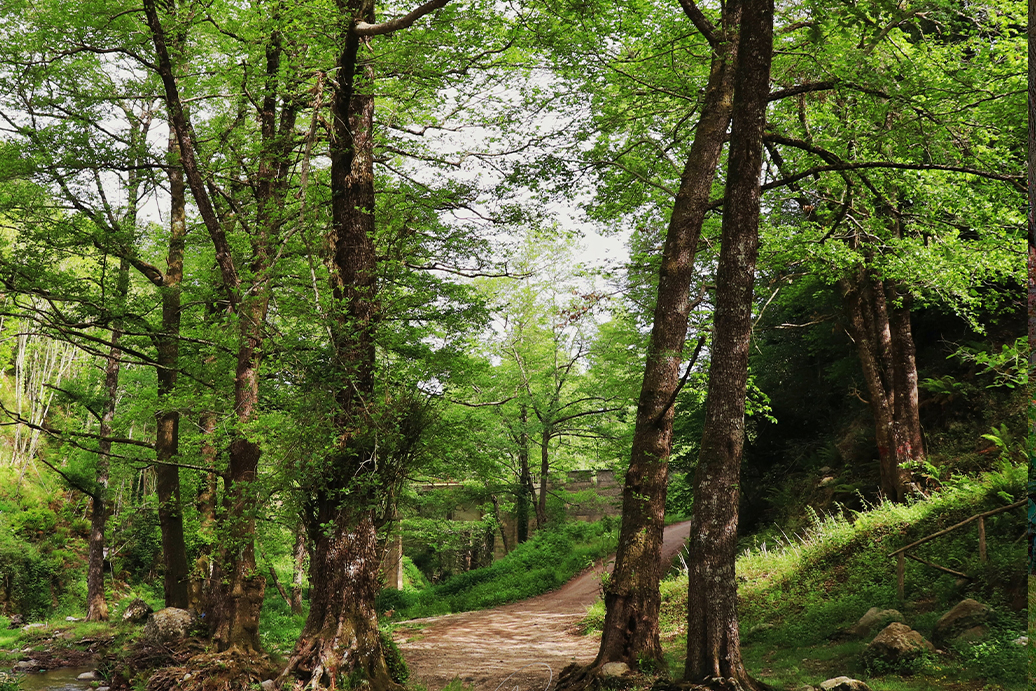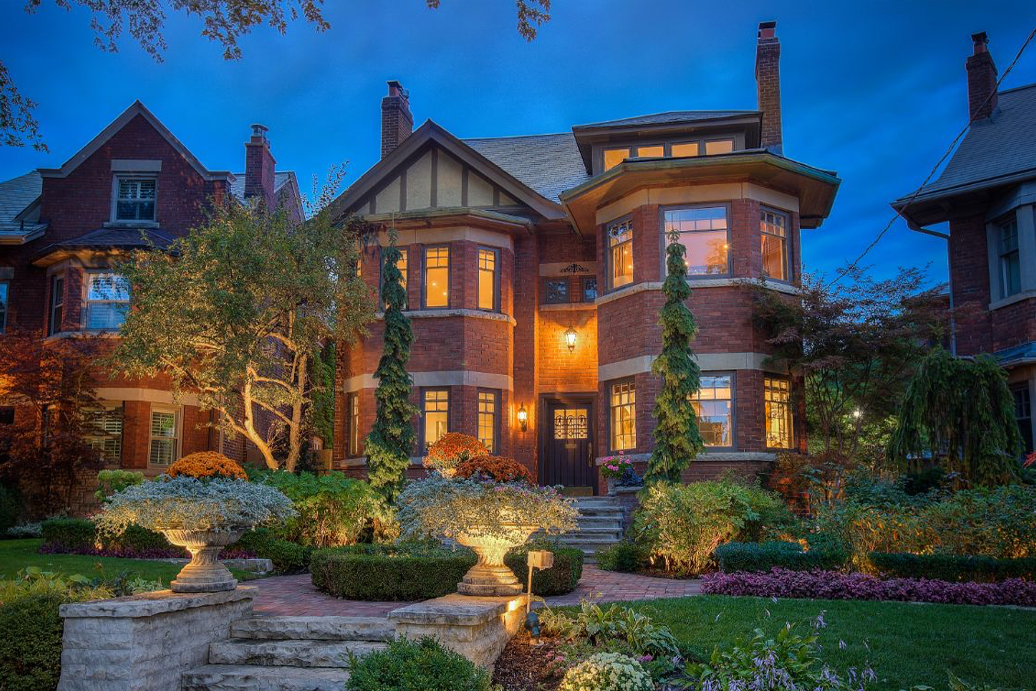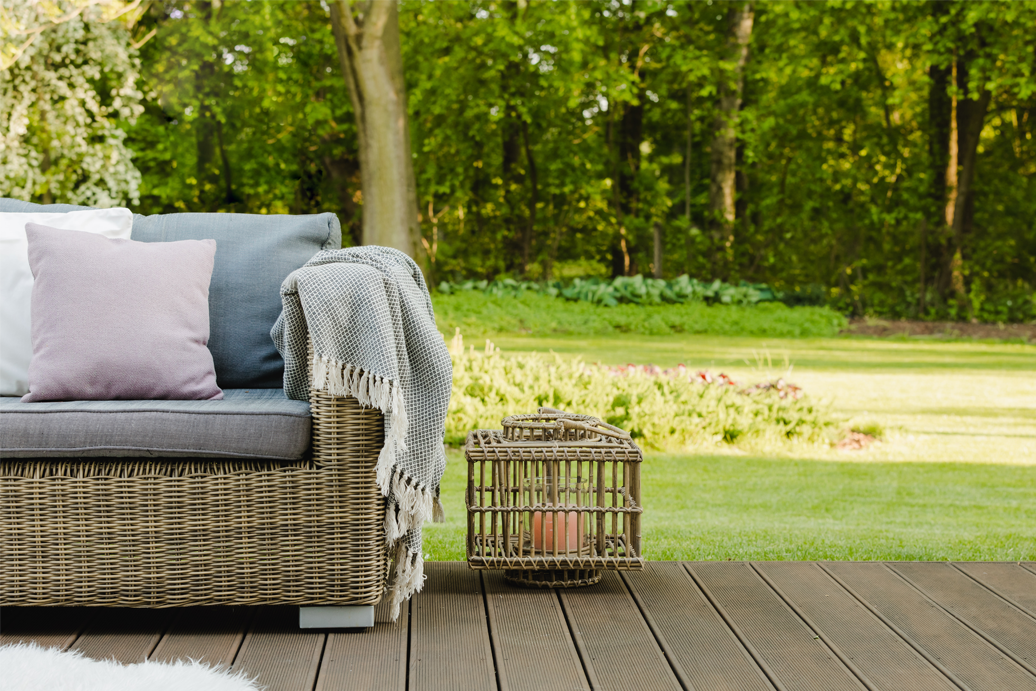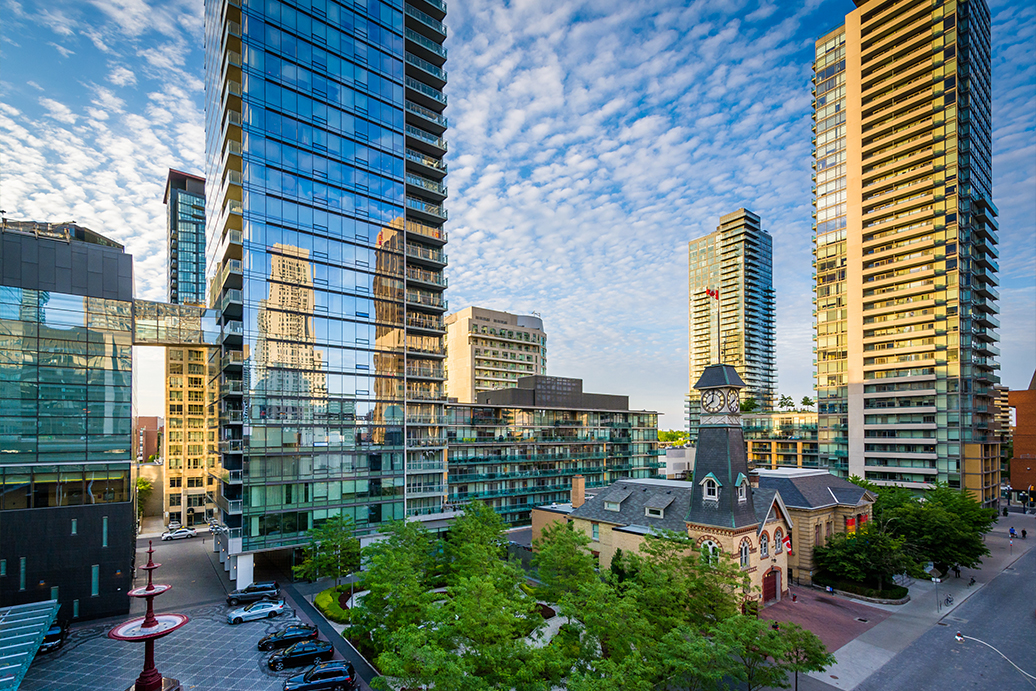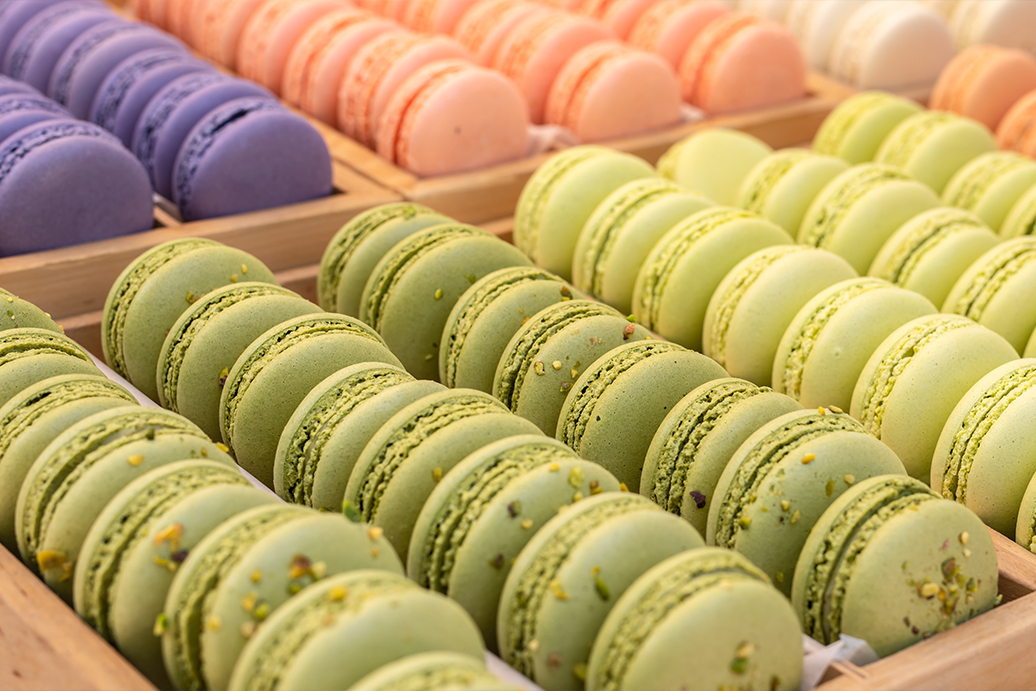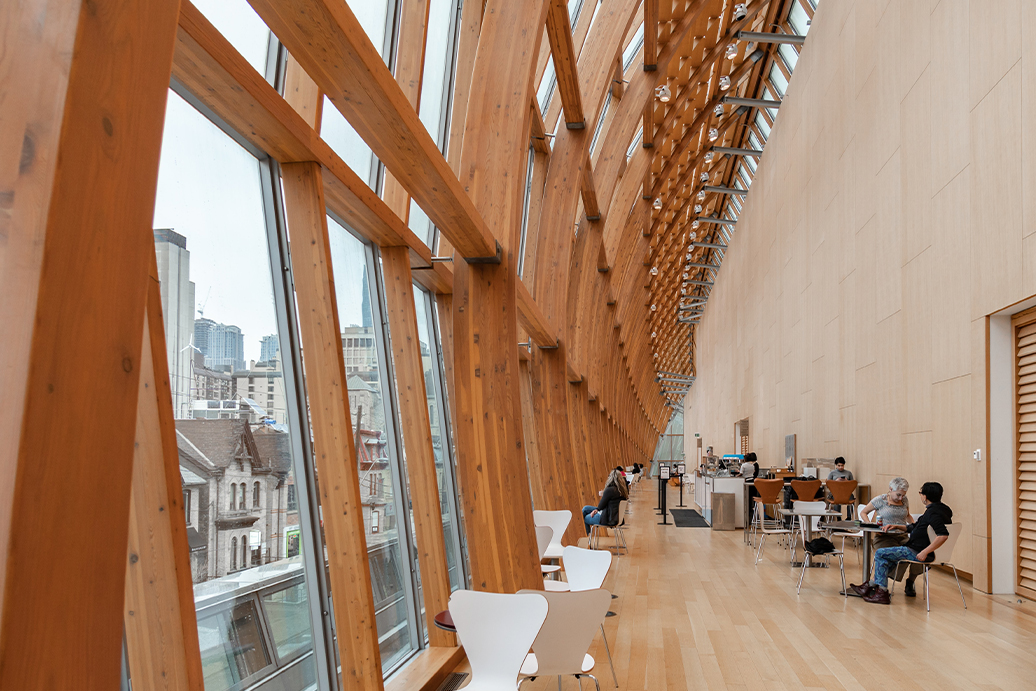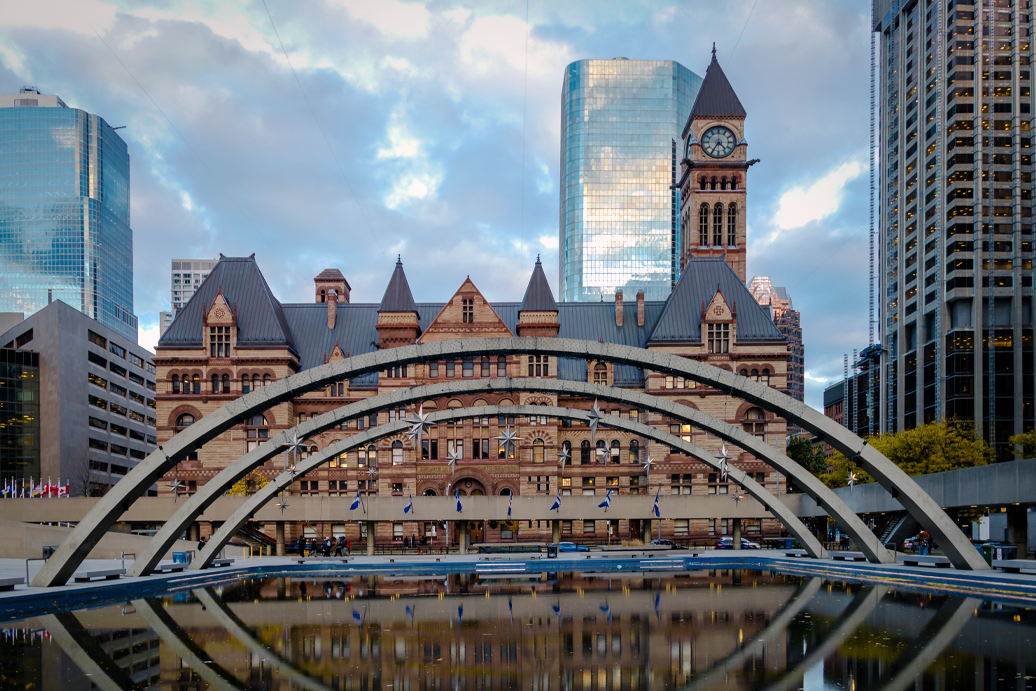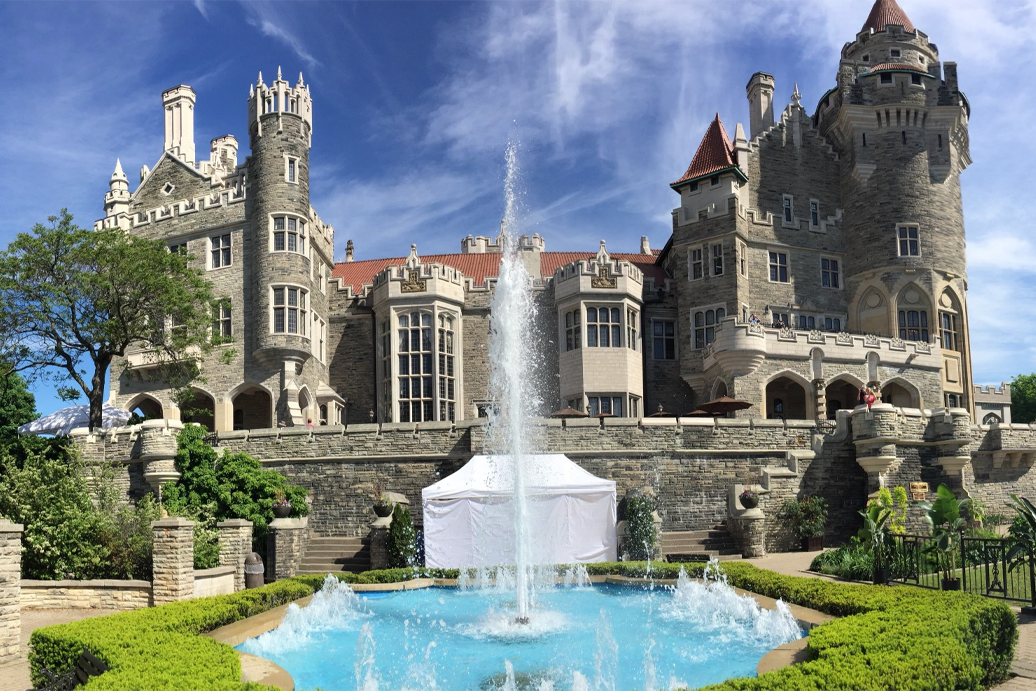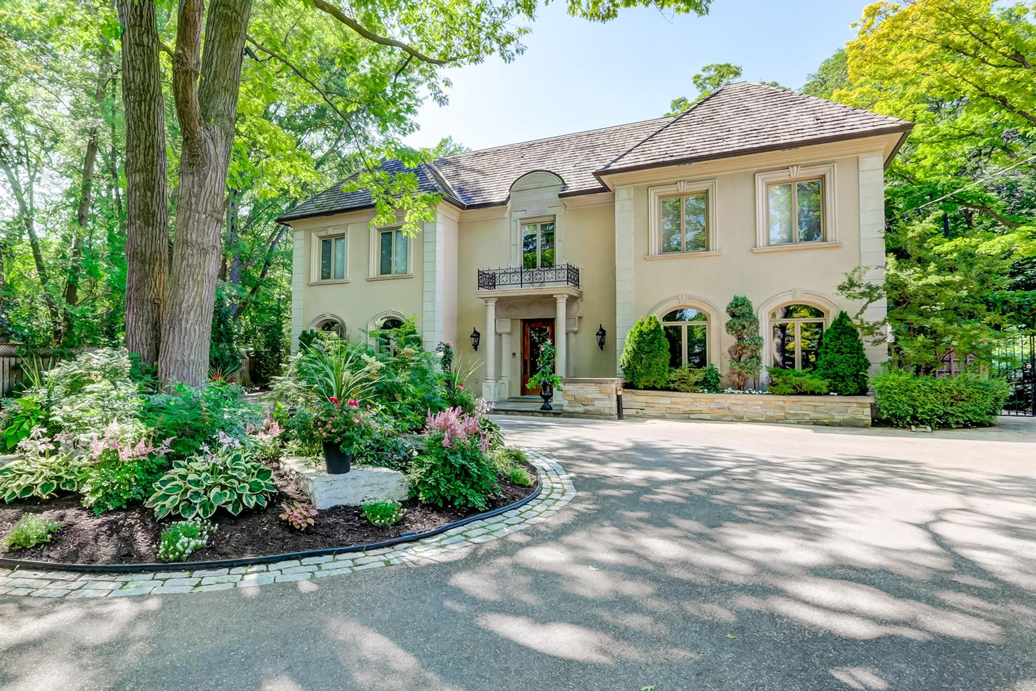Few neighbourhoods can boast the luxury amenities of Yorkville, and that includes incredible restaurants. This upscale pocket of the city offers more than its fair share of culinary delights—many of which can be enjoyed at home. That’s great news for residents. At a time when having delectable meals prepared for you can be a challenge, there are still local options!
Looking for high-caliber takeout or delivery in Yorkville? Here are five Yorkville restaurants that make the cut…
Alobar
There’s nothing quite like dining at Alobar. Savouring the delicate flavours of this upscale eatery’s sharing plates is something every Torontonian should experience at least once. Right now, Alobar is offering a pick-up menu that changes on an ongoing basis. Upcoming dishes include a foie gras parfait with pear and hazelnut, and a butternut squash risotto. Pair dishes like these with the right wine or cocktail, and you’re in for a real treat for the senses.
Charbol
Charbol is one of the finest French restaurants in the city. While this cozy, light-filled eatery is the perfect place for an intimate dinner, the food is just as delicious if you enjoy it at home. Currently, the restaurant is offering contactless pickup—and it’s definitely worth the trip. At any given time, dishes like flavourful tartine, perfectly-prepared pork chops, and rich chocolate mousse are on the menu. Put simply, this is the place to order from when you’re planning a special-occasion dinner in.
Trattoria Nervosa
When you’re craving Italian, Trattoria Nervosa is a great bet. This local gem, which sits at the corner of Yorkville and Bellair, serves up pizzas, pastas, and salads made with fresh and inventive ingredients. During the pandemic, Trattoria Nervosa is offering not only takeout, but delivery through Uber Eats, SkipTheDishes, and DoorDash. They’re also providing meals for frontline health care workers, social services staff, and individuals facing food insecurity.
Sassafraz
On Cumberland Avenue, tucked in amongst Victorian row houses, you’ll find a charming restaurant known as Sassafraz. Its interior is charming—but even more importantly, the fare it serves up is one-of-a-kind. From the yellowfin tuna salad to the mac n’ cheese with truffle essence and panko crust, this is the ideal place to grab a luxurious bite. Sassafraz is currently available for pick-up, and you can even order some vino to go with your meal!
Aburi Hana
Lovers of Japanese cuisine, rejoice! Aburi Hana is offering traditional dishes that are flavourful, colourful, and neatly packed. These are true show-stoppers. Whether you’re in the mood for incredibly-fresh fish (which is frequently infused with flame-seared smokiness) or tenderloin steak (seasoned with red miso sauce), this gem of a restaurant will never leave you unsatisfied. The eatery’s online platform is the best place to place an order, though Aburi Hana is also available on Uber Eats.
When you’re ready to find the perfect Yorkville home, we’re ready to guide you in your search. Reach out to benefit from our local expertise!

